What is the difference between a vertical circular and a horizontal circular with a table? This is the question I received a few days ago from a reader of the Sânnicolau Mare magazine. Right from the start it seemed like a very good subject for an article. I think it is good to know what are the advantages and disadvantages of the two types of circulators and how to make the choice in order to have maximum advantages. About horizontal circular with table I've talked about it before in the pages of the magazine so I'll start with the vertical one. So what are the characteristics of a vertical circular and when is it good to choose it.
Wall circular
Besides the lack of manpower, lack of space is the second biggest problem in factories and workshops. That's why a vertical circularThe wall panel, as it is also called, can be a space-saving way to make large panel cuts in a small space.
The vertical circle has 3 component parts:
- a frame or vertical wall on which the panel (bundle of panels) to be cut rests;
- fixed or movable ruler on which the cutterhead moves;
- cutting head.
Add to the industrial models the exhaustion system and all that means automated operation and optimization of the plate cutting.
Rama it must be robust and in one piece, i.e. without welds or joints that could reduce strength. It is the piece that supports the panels to be cut and must be very robust. To be stable, the frame must have an inclination to the vertical of at least 5º. It must also have a horizontal pole at the base of at least 10 cm to support the panel.
Ruler is the horizontal bar on which the cutter head moves freely. It is similar to the circular fence, with which straight, parallel cuts are made. The ruler can be fixed and is moved manually by an operator to make the necessary cuts, or it can be mobile and in this case the cuts are automated.
Cutting head is the circular itself, i.e. the cutting blade that makes the sections. It can move (it rotates 90º) so it can make both vertical and horizontal cuts.
There are small, vertical hobby circular saws and very large industrial circular saws, where the cutting is only automated.
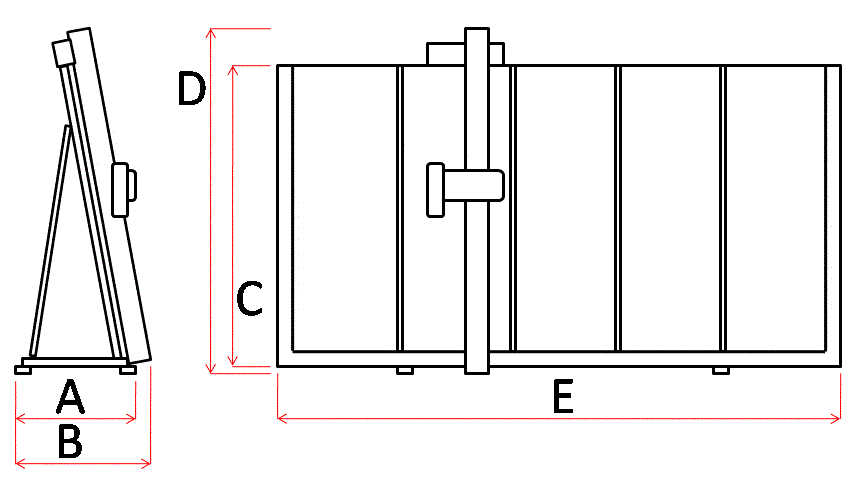
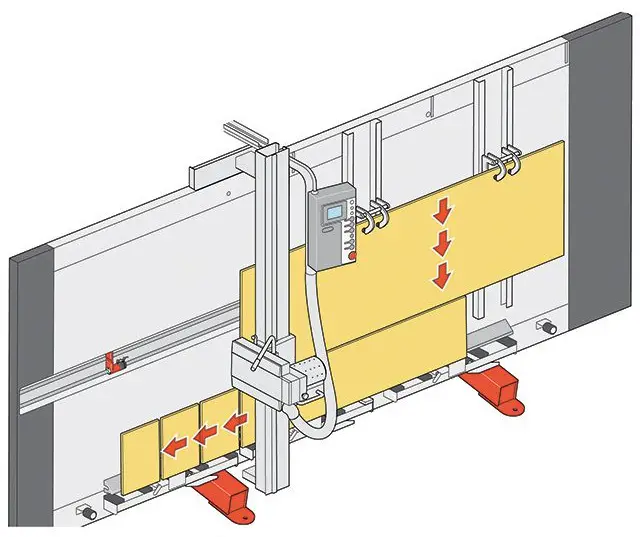
Advantages of a vertical circular
As we have seen, the main advantage of the vertical circular is space saving. It has the ability to easily cut large slabs of chipboard, plywood, MDF and even packages of such plates. It is a very suitable machine for shops selling various sizes of boards or workshops making simple furniture from larger chipboard boards.
The machine and cutting boards areeasy to handleand this is another of its advantages. Working speed is highand can work at this speed without risk. Of course, having a cutting blade does pose risks if it is not used according to the instructions and safety rules. But the risks are lower becauseoperation is safer.
Once placed on the frame or panel the plates can be cut by one person. There are programs that optimise cuts so that losses are minimal. If these cuts are done automatically, the operator only supervises the process, and the flows are made without his intervention.
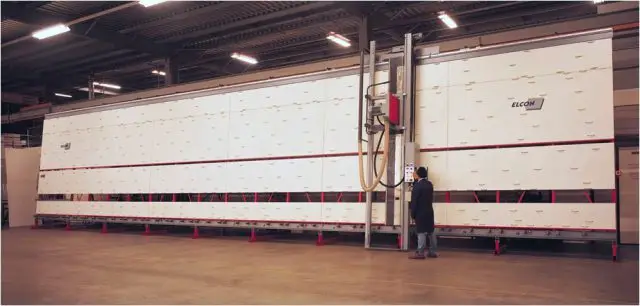
Disadvantages of the wall circular
The wall circular makes 90º vertical and horizontal cuts only. If angle cuts are required then a circular saw with table should be used.
Only the following can be done on this machinelarger piece cuts. It is more difficult, for example, to cut drawer fronts or small poles. Specialists say that the smallest panels cut should be 300 x 300 mm. Smaller ones can also be cut, but in this case the panel to be cut must rest on a larger panel to give it stability.
The cuts are not very cleanthey don't have perfect edges. There are also high-performance, very stable machines that make quality cuts, but they cost as much.
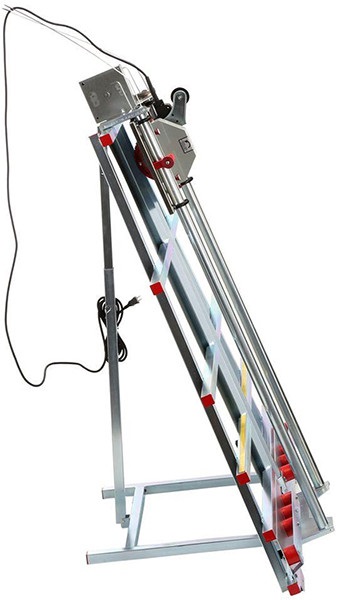
When to choose a vertical circular and when a horizontal circular with table
Each of these two circulars has its own role and purpose. Ideally, you can have them both, to make both cuts from the large panel pack and fine cuts for furniture. But if this is not possible, then the choice should be made according to the production profile.
The vertical circular saw is suitable for forming, but less suitable for "fine" cuts related to furniture production. On such a circular, no angle cuts can be made and no very precise, very clean cuts can be made. But it is very suitable for formatting chipboard when space is an issue.
So, if you have a shop that sells different sized tiles and/or space is an issue, you need a vertical circular. And if you make furniture then you need a circular with a table. Or at least you need to buy it first.
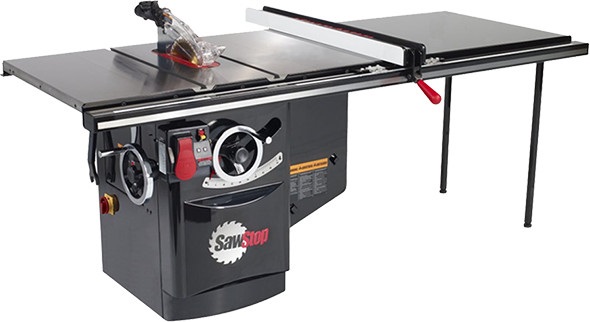



















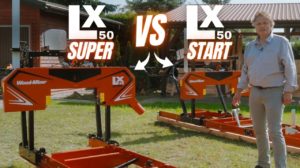

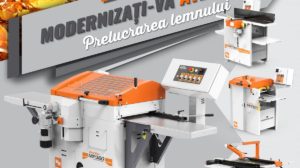

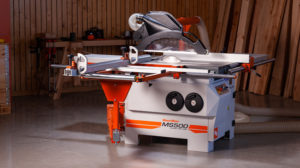
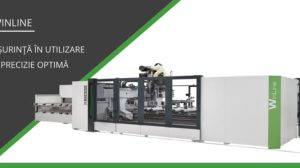

You are right, for a furniture workshop as I want, I need the vertical one because of the space and a horizontal one for the small pieces and for the beginning I will buy the small one.Thank you for the article.
With pleasure. And I thank you for the idea of the article. 🙂
All the best!